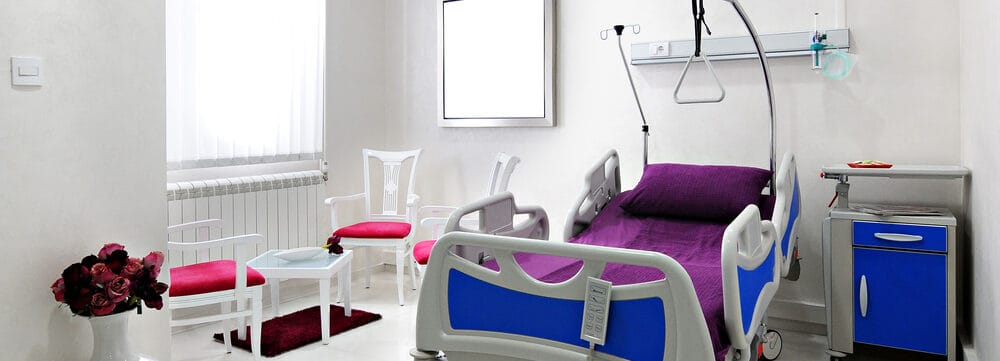Blog
Wanting to Be Outside

There are some days when everyone is wanting to be outside. Why would someone want to be trapped inside looking out at the beauty of nature? Controlled studies confirm that contact with the natural environment can alleviate stress, relax blood pressure, and even reduce the need for pain medication. Health care interior designers need to keep this in mind, especially when designing spaces for long-term stays in healthcare facilities.
The Design Dilemma
As a healthcare designer, you know that most patients won’t be able to frequent the great outdoors. Nurses and doctors also pull long shifts and seldom see the light of day for ten to twelve hours. This creates a dilemma for healthcare designers and hospital administrators who want to provide the best care in an optimum healing environment.
Healthcare designers do their best to use windows, but some medical equipment has to be in fully enclosed rooms and many patient rooms don’t have access to windows.
When that is the case, it is up to the designer to think of creative ways to bring the outdoors in.
Bring the Outdoors In
The techniques listed below can help designers bring the outdoors in despite environmental restrictions.
- Faux Skylights – Bright as a summer day, lights are strategically placed to give a feeling of high noon in the garden.
- Whimsical Murals that Spark the Imagination – The botanical scene frames a whimsical apple being peeled for a pie. The wrapped stethoscope appears to be listening to the pulse of nature. It’s a creative way to ease the fear and anxiety that many patients associate with medical devices.
- Bright Wallpaper and Faux Windows – Wouldn’t you rather listen to the pulse and breath of nature? Here, wallpaper is hung to look like windows stage a forest scene. This offers a nice distraction for patients and helps them remain calm and still during important procedures.
- Bright flowers and Accents – When paint/wallpaper isn’t an option, use bright accents and faux flowers to bring a garden-like cheer.
- Use of Color – As subtle as nature itself, merely using the color green can have the same natural calming effect. Here, the mix of textures, shades, and lines brings the same balance and harmonious effect to the outdoor environment.
Other Strategies
There’s no limit to the ways you can design nature into the experience of a patient. Other strategies proven successful include green roofs, sunlight tubes, replica plantings, and even photographs of nature. The natural environment appeals to all age groups and all cultures, particularly when one is sick.
If you found this article interesting check out A Well-Built Environment Attracts Patients & Builds Loyalty, Bringing Joy to Healthcare Spaces, and A Complete Guide to Color in Design: Color Meaning, Color Theory, and More.
Marie Wikoff is the creator of Wikoff Design Studio based out of Reno, Nevada. Her expertise in healthcare design has helped modernize healthcare organizations locally, regionally, and internationally, improving patient experience and outcomes. Her credentials include Evidence-Based Design Accreditation and Certification (EDAC), American Academy of Healthcare Interior Designer (CHID), the National Council of Interior Design Qualification (NCIDQ) and LEED AP. Contact Marie Wikoff







